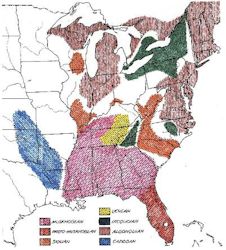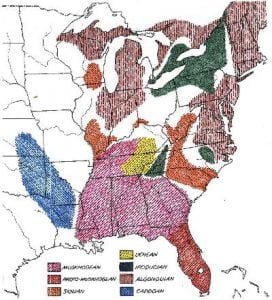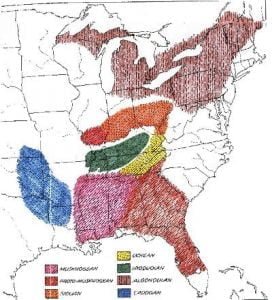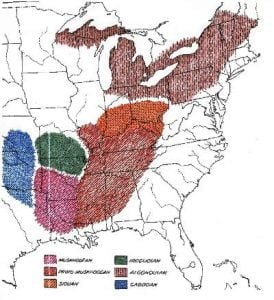The Adirondacks
The Iroquois were not always the same fierce, rapacious and blood-thirsty people which they are now familiarly known to have been, but were once engrossed in the peaceful pursuits of the husbandman. Colden graphically relates the circumstances which led them in a measure to forsake that occupation, and involved them in a war with the Adirondacks, in which they were engaged when the French first settled Canada. We quote: “The Adirondacks formerly lived three hundred miles above Trois Rivers, where now the Utawawas are situated; at that time they employed themselves wholly in hunting, and the Five Nations made planting … Read more




